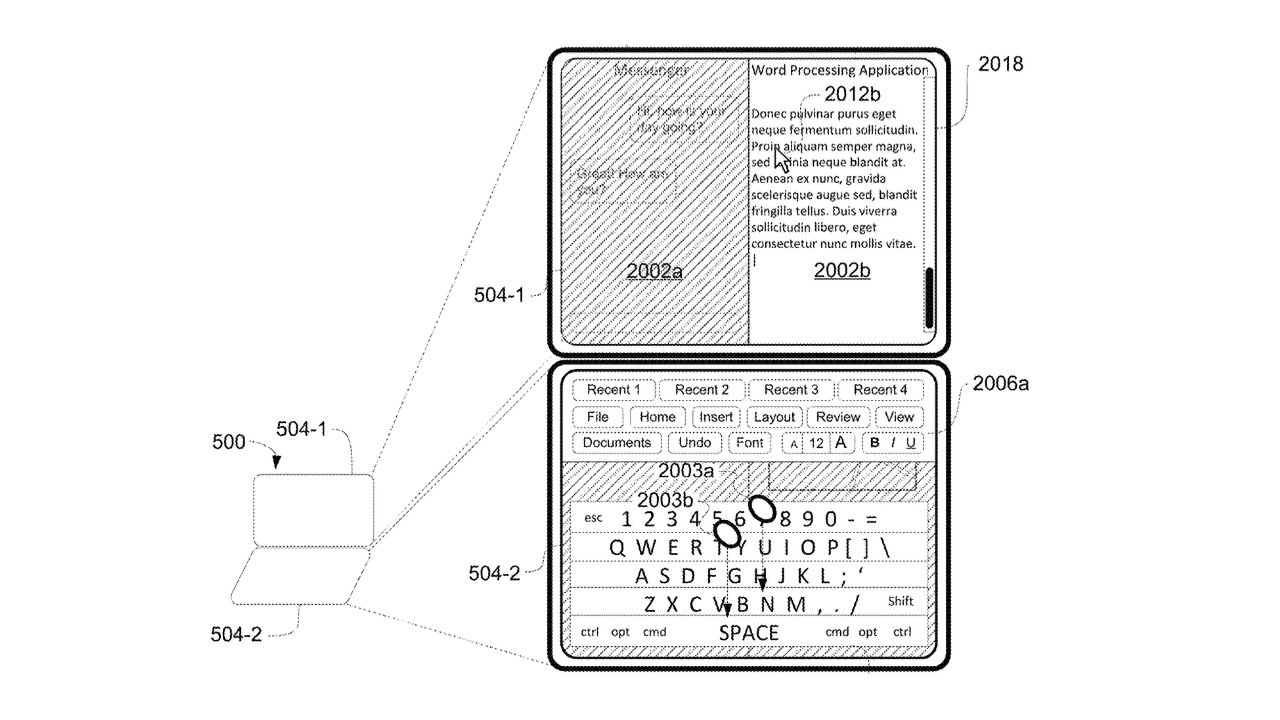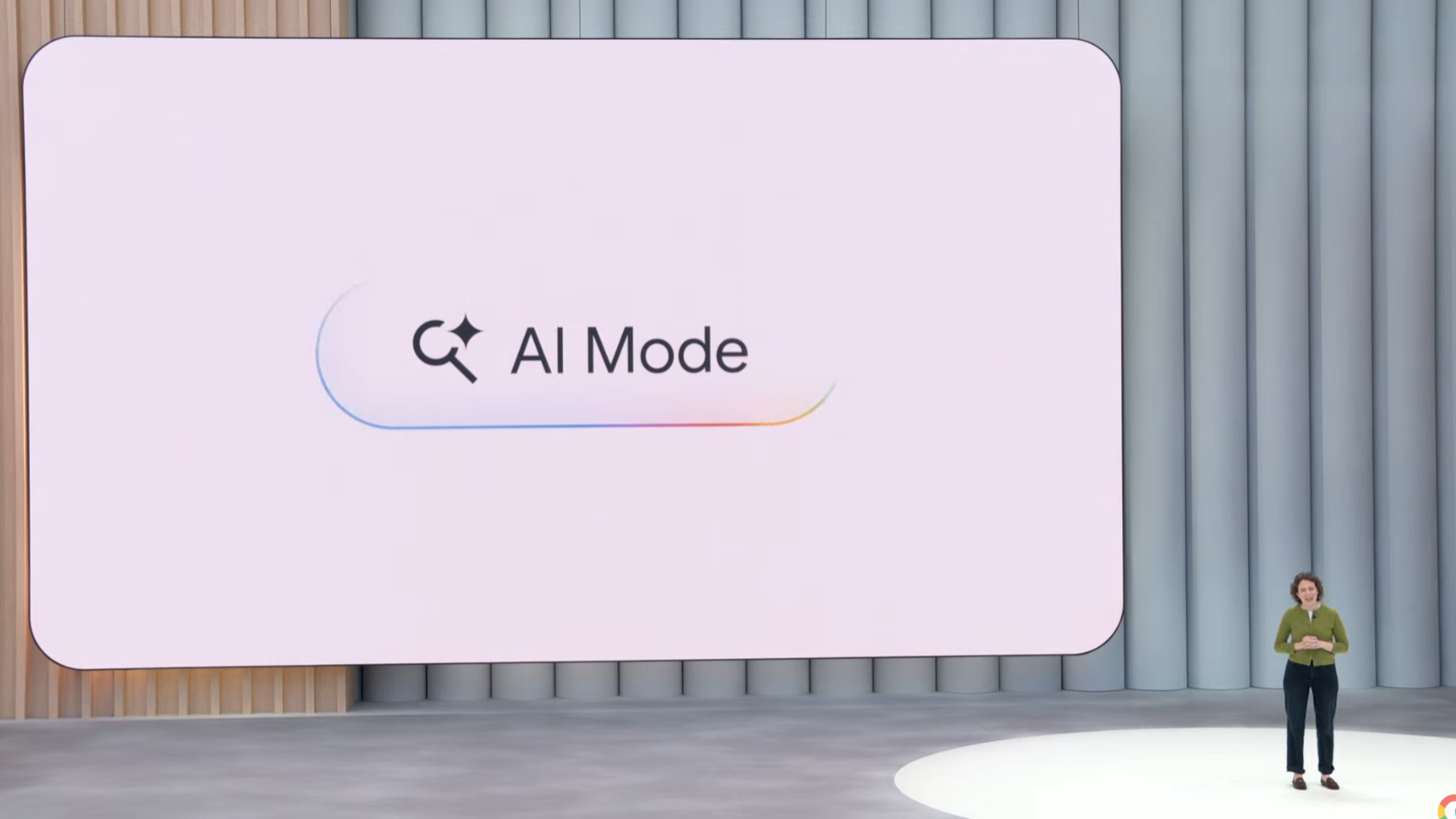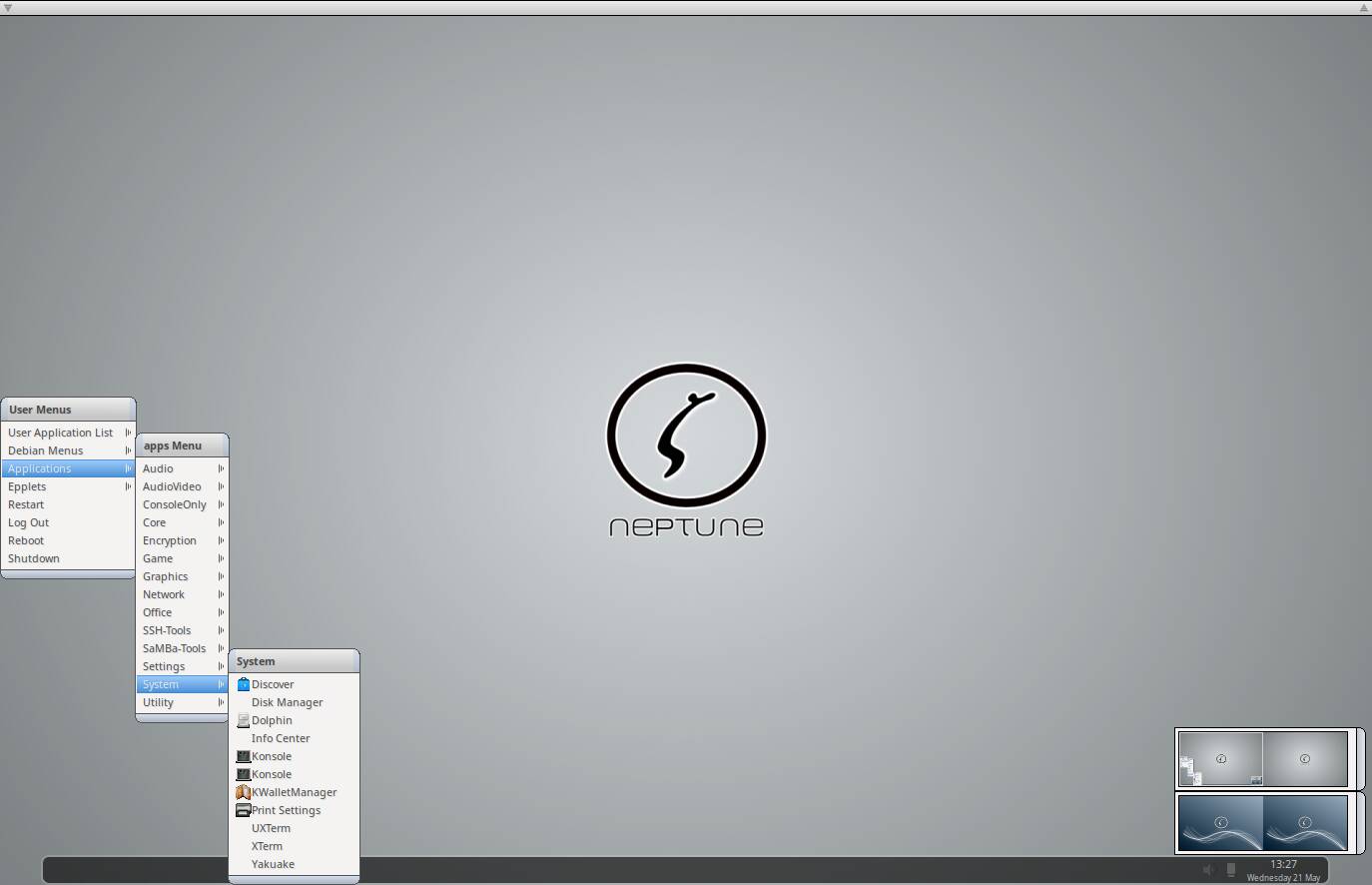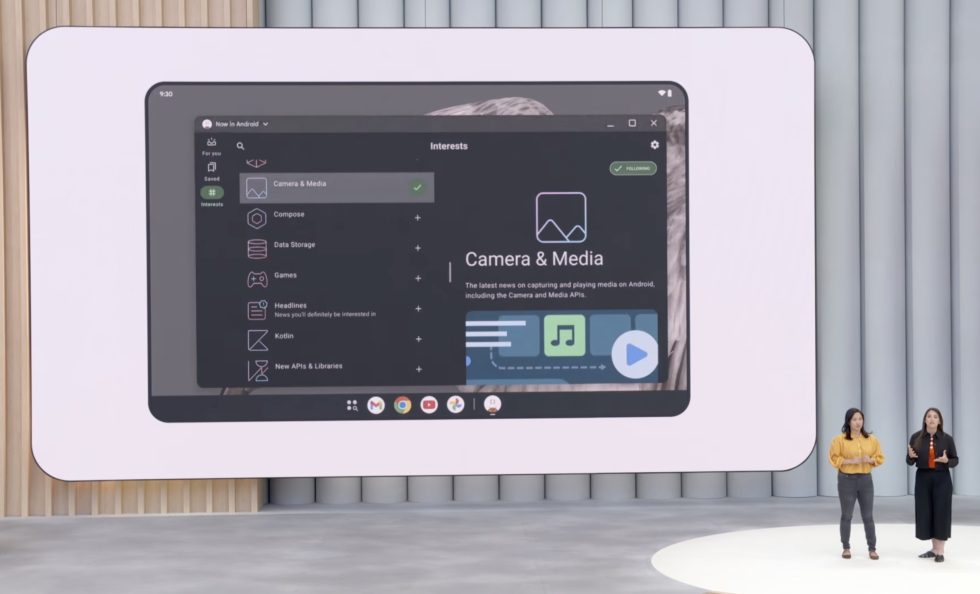CefSharp Enumeration Tool Reveals Security Vulnerabilities in .NET Desktop Apps
Security researchers have unveiled significant vulnerabilities in .NET desktop applications that utilize CefSharp, a popular framework for embedding Chromium browsers within desktop applications, exposing millions of enterprise applications to potential remote code execution attacks. CefSharp, a lightweight .NET wrapper around the Chromium Embedded Framework, has emerged as a cornerstone technology for enterprises developing hybrid desktop […] The post CefSharp Enumeration Tool Reveals Security Vulnerabilities in .NET Desktop Apps appeared first on Cyber Security News.

Security researchers have unveiled significant vulnerabilities in .NET desktop applications that utilize CefSharp, a popular framework for embedding Chromium browsers within desktop applications, exposing millions of enterprise applications to potential remote code execution attacks.
CefSharp, a lightweight .NET wrapper around the Chromium Embedded Framework, has emerged as a cornerstone technology for enterprises developing hybrid desktop applications that leverage web technologies.
Similar to Electron applications, CefSharp enables developers to build desktop applications using familiar web technologies while maintaining tight integration with Windows and the .NET ecosystem.
However, this architectural approach has introduced a critical security blind spot that attackers are increasingly exploiting.
The framework’s core functionality revolves around creating a bidirectional bridge between client-side JavaScript and internal .NET objects, effectively allowing web pages to interact with privileged system functions.
This design, while powerful for legitimate development purposes, becomes a significant attack vector when applications are misconfigured or inadequately hardened.
When combined with cross-site scripting vulnerabilities, these exposed .NET objects can provide attackers with direct pathways to system compromise.
Dark Forge Labs researchers identified this emerging threat landscape and developed CefEnum, a specialized enumeration tool designed to detect and fingerprint CefSharp instances in enterprise environments.
The research team discovered that approximately 30% of CefSharp’s bindings are written in C++/CLI, with the majority implemented in C#, creating multiple potential attack surfaces across different technology stacks.
Their analysis revealed that many organizations deploy CefSharp-based applications without proper security hardening or awareness of the framework’s inherent security implications.
.webp)
The vulnerability landscape becomes particularly concerning when considering the attack chain progression.
Researchers noted that finding client-side vulnerabilities like cross-site scripting in thick-client applications may initially seem unconventional, since users typically don’t interact with these applications like traditional browsers.
However, when XSS vulnerabilities are combined with CefSharp’s JavaScript bridge to exposed .NET objects, even persistent XSS can rapidly escalate into remote code execution scenarios.
Exploitation Mechanisms and Object Discovery
The technical methodology behind these attacks centers on the discovery and exploitation of exposed .NET objects through CefSharp’s JavaScript repository system.
Applications register objects with the browser using browser.JavascriptObjectRepository.Register, typically following camelCase naming conventions for bindable objects.
The CefEnum tool automates this discovery process by implementing a sophisticated fuzzing approach that attempts to bind to common object names at approximately 2,000 attempts per second.
.webp)
When CefEnum establishes a connection with a target application, it delivers a comprehensive wordlist based on PortSwigger’s param-miner to the client’s frontend.
The tool then systematically executes CefSharp.BindObjectAsync("ObjectName") for each entry and verifies successful binding using CefSharp.IsObjectCached(ObjectName).
Once an object is discovered, the tool employs introspection techniques to enumerate all available methods and functions, providing attackers with a complete inventory of exploitable endpoints.
.webp)
The exploitation phase involves direct method invocation through JavaScript, such as window.customObject.WriteFile("test.txt"), which can result in immediate file system access or other privileged operations depending on the exposed object’s capabilities.
This attack vector proves particularly effective because it bypasses traditional web application security controls while operating within the trusted context of the desktop application environment.
Equip your SOC team with deep threat analysis for faster response -> Get Extra

















































































































































































![[The AI Show Episode 148]: Microsoft’s Quiet AI Layoffs, US Copyright Office’s Bombshell AI Guidance, 2025 State of Marketing AI Report, and OpenAI Codex](https://www.marketingaiinstitute.com/hubfs/ep%20148%20cover%20%281%29.png)


![[The AI Show Episode 146]: Rise of “AI-First” Companies, AI Job Disruption, GPT-4o Update Gets Rolled Back, How Big Consulting Firms Use AI, and Meta AI App](https://www.marketingaiinstitute.com/hubfs/ep%20146%20cover.png)

























































































































![[DEALS] Babbel Language Learning: Lifetime Subscription (All Languages) (71% off) & Other Deals Up To 98% Off – Offers End Soon!](https://www.javacodegeeks.com/wp-content/uploads/2012/12/jcg-logo.jpg)





















































.png?width=1920&height=1920&fit=bounds&quality=70&format=jpg&auto=webp#)










































![Borderlands 4 Boss Says 'A Real Fan' Will Pay $80 For Games [Update]](https://i.kinja-img.com/image/upload/c_fill,h_675,pg_1,q_80,w_1200/086e4654c281e40d12b833591d2c6fdc.jpg)















































_Constantine_Soutiaguin-Alamy.jpg?width=1280&auto=webp&quality=80&disable=upscale#)































































































![Nomad levels up its best-selling charger with new 100W slim adapter [Hands-on]](https://i0.wp.com/9to5mac.com/wp-content/uploads/sites/6/2025/05/100w-FI.jpg.jpg?resize=1200%2C628&quality=82&strip=all&ssl=1)



![Google just showed off Android Auto’s upcoming light theme [Gallery]](https://i0.wp.com/9to5google.com/wp-content/uploads/sites/4/2025/05/android-auto-light-theme-documentation-2.jpg?resize=1200%2C628&quality=82&strip=all&ssl=1)













![Jony Ive and OpenAI Working on AI Device With No Screen [Kuo]](https://www.iclarified.com/images/news/97401/97401/97401-640.jpg)

![Anthropic Unveils Claude 4 Models That Could Power Apple Xcode AI Assistant [Video]](https://www.iclarified.com/images/news/97407/97407/97407-640.jpg)
![Apple Leads Global Wireless Earbuds Market in Q1 2025 [Chart]](https://www.iclarified.com/images/news/97394/97394/97394-640.jpg)




































































